I was expecting to cross paths with a T. rex at any moment.
The rugged west coast of New Zealand’s South Island can seem prehistoric like that. Half-walking, half-sliding down a narrow trail overhung with trees dripping tangled moss, I was looking for Merv.
I had started my search in Jackson Bay, a quiet fishing village with only a handful of year-round residents and about 30 houses. As I got out of my car, a slender woman with short blonde hair called out to me from a sunny porch, where she was drinking a cup of coffee. She took one look at me and asked if I was lost.
“I’m looking for Merv?” I said. It was actually a question.

“He’s up the river whitebaiting,” she replied. “I’m his wife. I’ll tell you how to find him.”
This was how I ended up bush-bashing on a muddy trail, looking for Merv’s whitebaiting stand. Whitebaiting stands are gangplank-looking, cobbled-together docks reaching out over rivers feeding into the ocean, the perfect vantage points from which to net juvenile Galaxiidae, a prized fish delicacy.
I was on an epic road trip, traveling from Lands End hotel, in Bluff, the southern tip of the South Island, to Cape Reinga, at the top of the North Island. Even after 15 years of living here, a New Zealand road trip is my favorite travel experience. There is a feeling throughout this land—a warmth, a welcoming, a sense of being looked after—that is difficult to put your finger on. The Māori word for it is manaakitanga. Loosely translated, the word means hospitality.
- National Geographic Expeditions
This culture of looking after one another came to worldwide attention in the aftermath of the March 2019 terrorist attack on two Christchurch mosques. The way New Zealanders responded to the tragedy—rallying together with a national call of “this isn’t us,” the outpouring of messages of inclusion—was an example of manaakitanga in action.
My road trip was inspired by manaakitanga, its itinerary decided by people I met along the way—their recommendations, their generosity, their good graces—as I traveled from one connection to the next on a daisy-chain of friendly gestures. It was a pattern I knew well after years of living here. Some of my best moments in this country have been serendipitous, like the wrong turn that introduced me to a remote hamlet that netted me an impromptu invitation to a birthday party.
My search for Merv had begun at a birthday gathering in Bluff, exactly three days and 285 miles earlier. I was sitting in the lounge of Lands End, with its facade of windows facing the ocean.
I met the owner and birthday celebrant, Lynda Jackson, when I checked in, and now I was drinking a beer with her; her husband, Ross; and another guest, Gaye Bertacco from Christchurch. The mood in the tavern felt both lovely and lonely—fitting for a bar at the end of the world. “I’m here to pick up my husband, Mark,” Gaye said. “He’s a fisherman, and he’s been out at sea for a week. He’s tired, you see, and I worry about him driving all the way back to Christchurch.”

As if on cue, Mark Muir chose that very moment to walk in the door. “I’m fine,” he said, and the mood shifted.
A few B.man beers later, Gaye and Mark invited me to join them for dinner at Oyster Cove, the restaurant next door. Over locally sourced spiny rock lobster and muttonbird (a Kiwi specialty and traditional Māori kai, or food), we watched the fishing boats returning, their red and green lights winking in the dark, as Mark told us stories of the sea.

“I grew up fishing in Greymouth. There are some real characters on the west coast,” Mark said. “You should look up Merv Velenski in Jackson Bay if you go that way. Merv’s the biggest character of them all. He’s been fishing as long as I’ve been alive. He’d give the shirt off his back to anyone, and they want to give their shirts to him. He’ll be all right if you tell him I sent you.”
Muddy and Merv-less, I returned from my hike through what was seemingly the Cretaceous period to Jackson Bay. There wasn’t much to this place but beauty. The beech- and rimu-shaded road dead-ended in a settlement with a few houses, a bright-orange café with a blue roof (the Cray Pot), and a long, weathered wharf extending into the turquoise sea. It was a slice of unspoiled paradise, one of the many places in this country that visitors—even locals—rarely see, 32 miles off the beaten track south of Haast.
Back on the sun-soaked porch, as I was telling Liz Velenski (Merv’s wife) about my lack of success tracking him down, Merv pulled up in his truck. “There’s the old bugger now,” Liz said. “I’ll get some tea.”
Merv greeted me with a polite reserve, offering a handshake that could crush bricks. I told him Mark Muir sent me.
“My brother worked for Mark for a long time,” Merv said. “Mark’s got a well-built boat.”

We talked for an hour. Merv was one of those fascinating people who has done a little bit of everything: an army stint in Malaysia, Borneo, and Thailand; deer antler velvet harvesting; sawmill work; a lifetime of fishing; and now stone carving.
“We’ve been in Jackson Bay for more than 40 years,” Merv told me. “There was nothing here when we came, and there’s no place I’d rather be. But people miss it. You gotta get down the side roads and have a look. That’s where you meet the workers. Go and talk to them and you’ll learn 10 times more than you would in any tourist town. That’s where you see New Zealand.”

Merv and Liz sent me away with a friendly wave and two parting gifts: the phone number of an old army buddy of Merv’s living in Hokitika, and a cooked crayfish wrapped in a page of the Otago Daily Times for my lunch.
I was 733 miles north of Jackson Bay, just inland from the west coast of the North Island this time, at the Whangamomona Hotel. It’s perhaps the most remote country hotel in New Zealand, located on the Forgotten World Highway (State Highway 43) that runs between Stratford and Taumarunui. Whangamomona is New Zealand’s only republic, having declared its independence 30 years ago.
The Forgotten World Highway is one of those places you hear about but, well, forget. A Wellington-based friend reminded me about it on my way north, and I found myself there drinking beer from a borrowed glass.
“This is the only watering hole within an hour’s drive, so the locals gather here,” said Vicki Pratt. She and her husband, Richard, own the Whangamomona Hotel. Handles (New Zealand-speak for pint glasses) hung on the wall, each bearing a yellow cattle ear tag with an identifying number. I was drinking from number 13.

“That’s Pete’s glass. He lives in the woolshed down the road,” Vicki said. “I don’t think he’ll mind.”
If someone is trying to reach a Forgotten World Highway local who doesn’t have a phone, they call the hotel and leave a message with Vicki or Richard. They, in turn, leave a note in the person’s beer glass.
“Handle mail. It works well,” Vicki grinned.
As we were chatting, a baby pig streaked into the bar, gamboling about the forest-green carpet and racing around the large barrels that double as tables. It was followed by a more hesitant lamb (named Roast), and two tired-looking cyclists seeking a hot meal and a place to pitch a tent.

The pig and Roast were ushered back outside while I joined Jamie Lessard and Alanah Correia—twentysomething Nova Scotians who were 10 months into a planned 15-month trip—for a drink. “We’re riding our visa as long as we can,” Jamie said.
They had spent the winter in the Coromandel Peninsula and were now cycling south. “We never would have biked here if someone we met hadn’t told us about it. It’s totally rerouted us,” Alanah said.
Visitors to Whangamomona have traditionally been New Zealanders, but in the past two years it’s been attracting more overseas travelers, most of them on straight-through day trips to collect novelty republic stamps in their passports.
“We take in about $16,000 a year over the bar for the community selling Whangamomona passports and memorabilia,” Vicki said. “It would be nice if some of these international visitors would stay longer. The ones that do stay have a really good time. We look after them. This is a great place to meet locals.”

Once a bustling frontier outpost of 300 residents at its 1895 settling, Whangamomona now has “10 or 11 town residents, with maybe 120 in the wider area,” Richard told me.
We were sitting in front of the fire, looking at old photographs. The Forgotten World Highway hadn’t changed much: parts of it just two lanes and unsealed, seeming to wind forever from here to there.
A boundary battle split the region in half, kindling the revolution that led to the republic. “You can’t just change the boundary and change where people are from,” Richard said. “And they didn’t consult us. Initially it was a gesture, but we’ve always taken a little pleasure in the rebellion. We’re a stubborn, amiable people.”

“I think that applies to all New Zealanders,” Vicki added. “We look after each other, especially in rural communities. Manaakitanga is what I grew up with, even if I didn’t know the name for it. I think it has to do with the fact that everyone knows each other in New Zealand. Guests come in, and within three sentences I’ll know someone they know. And I like that.”
My kayaking guide, Cait Disberry, and I realized we had both lived in the same tiny beach town (population 4,848) 30 miles northwest of Wellington, New Zealand’s capital. It’s rare to find someone who knows where Raumati Beach is, much less has lived there. It’s that “three sentences” connection Vicki talked about.
I was on a kayaking tour with Cathedral Cove Kayaks, in Hahei, on the Coromandel Peninsula. The cycling Nova Scotians had told me Cathedral Cove was a must-visit destination. With its lush landscape, secret coves, and hot-water beaches, only two and a half hours’ drive from Auckland, the country’s largest city, this siren-song town is a place that makes visitors seriously study property listings. It has about 400 permanent residents, but that number explodes with New Zealand holidaymakers during the summer.
Cathedral Cove, two secluded beaches joined by a soaring arch, can be reached by a one-hour walking track or by the water. I chose the water.

Our three-hour kayak tour led us across the clear, green waters of the Whanganui-A-Hei Marine Reserve. This productive reserve has seen a huge increase in marine life since its establishment 26 years ago. Signs were evident everywhere I looked, from the multitude of ocean birds on their rock perches drying their wings to bright flashes of fish to the dozen small stingrays that zoomed around in the aptly named Stingray Bay.
From here, Andy Mora, our lead kayak guide, pointed out to us the Mercury Islands in the distance. “This area is where Captain Cook pinpointed the transit of Mercury in New Zealand,” he said.

Which brought me to the arrival point of another great voyager: Kupe, the extraordinary navigator of Māori legend. I had traveled 370 miles north of the Coromandel Peninsula to Cape Reinga, the northernmost point of New Zealand that’s accessible to visitors, and the end point of my own voyage. A short white lighthouse crowned a dragon’s-snout stretch of land marked only by an ancient pohutukawa tree, as two bodies of water—the Tasman Sea and Pacific Ocean—tussled and surged together, creating a white line in the waves. This place is significant as the landing spot of Kupe, who found his way here a thousand years ago from the eastern Pacific. But Cape Reinga is also important as the place from which a Māori person’s spirit departs on its way to the next world.

When I look back on this road trip from one end of New Zealand to the other, I remember how the ocean beyond Cape Reinga whispered to me of the wide world beyond these islands, and also how that gnarled pohutukawa tree at the cape’s tip—enduring and beautiful—spoke even more loudly of all the reasons I’d made this land my home. Recently I heard that Merv passed away. I had met him only that one time but he was larger-than-life, a person I won’t forget, and the embodiment of manaakitanga.
What to know
Traveling during New Zealand’s spring and fall allows greater spontaneity. During the summer months (December though February), New Zealanders go on holiday and tourist numbers surge.
Check out Transfercar for rental car deals. Road trips are often one way, stranding rental cars at different branches. This service offers tourists great deals (free to minimal charges) for returning rental cars within a set time frame. You’ll have the most luck if you’re traveling from south to north.
The majority of New Zealand’s roads are two lanes and winding. Trying to do more than three hours of driving a day means you’ll zoom through all the smaller towns and you’ll miss exploring. Don’t be tempted to pack in too much.
Pulling over to let faster drivers pass will endear you to locals who have spent many hours stuck behind camper vans on those narrow roads.
Where to stay
Lands End
At this five-room inn, located at the end of State Highway 1 in Bluff, one of New Zealand’s southernmost towns, location is everything. Ocean views fill guestroom windows, and a cozy fire welcomes travelers back after a short hike up Bluff Lookout or a step back in time at the Bluff Maritime Museum.
Whangamomona Hotel
This circa 1912, boarding house-style hotel has character and serves as the community hub of the Republic of Whangamomona, on the North Island. Get your passport stamped before heading up to one of the 16 rooms with shared baths. A wide wooden balcony is the perfect spot to look out on the (lack of) town.
Tatahi Lodge Beach Resort
This relaxed lodge on two subtropical acres is a five-minute walk to the white-sand beaches for which the Coromandel Peninsula, on the North Island, is famous.
Where to eat
Diners at this Bluff restaurant enjoy bay vistas while feasting on oysters on the half shell, Cloudy Bay clams, and dishes such as lamb salad.
The Cray Pot
Sit at shaded outdoor picnic tables while dining on crayfish, other seafood, and burgers at this waterside food shack in tiny Jackson Bay.


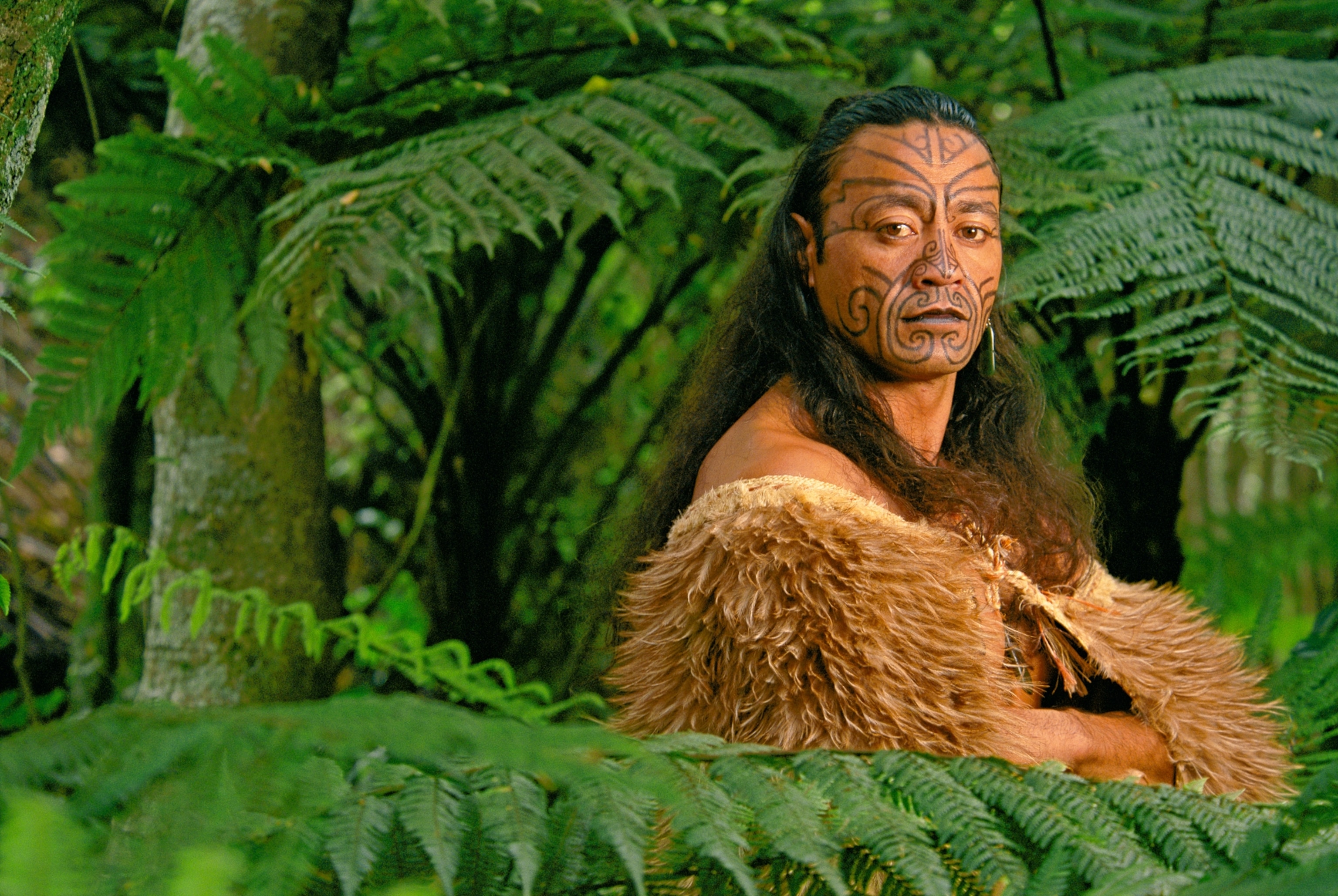
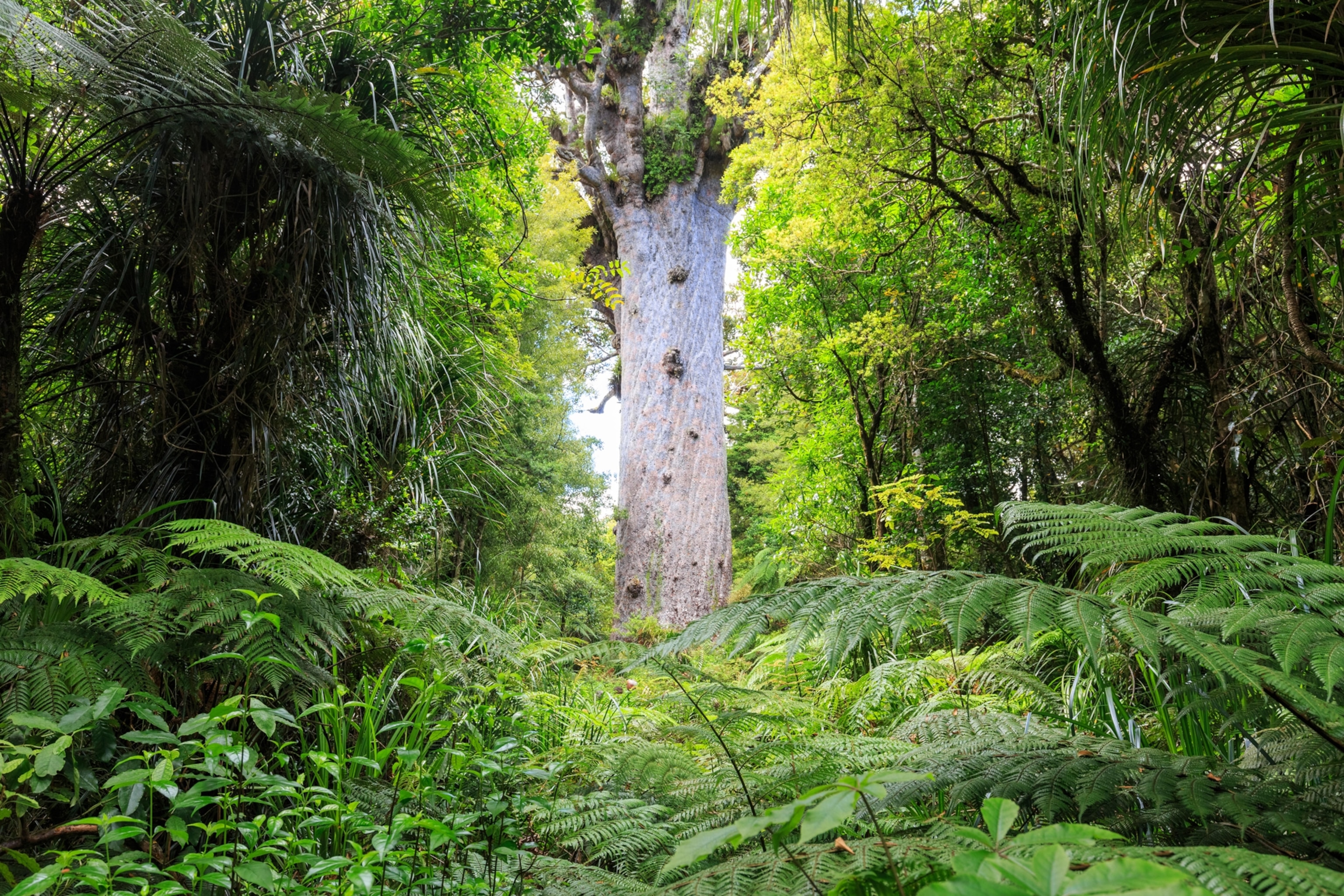
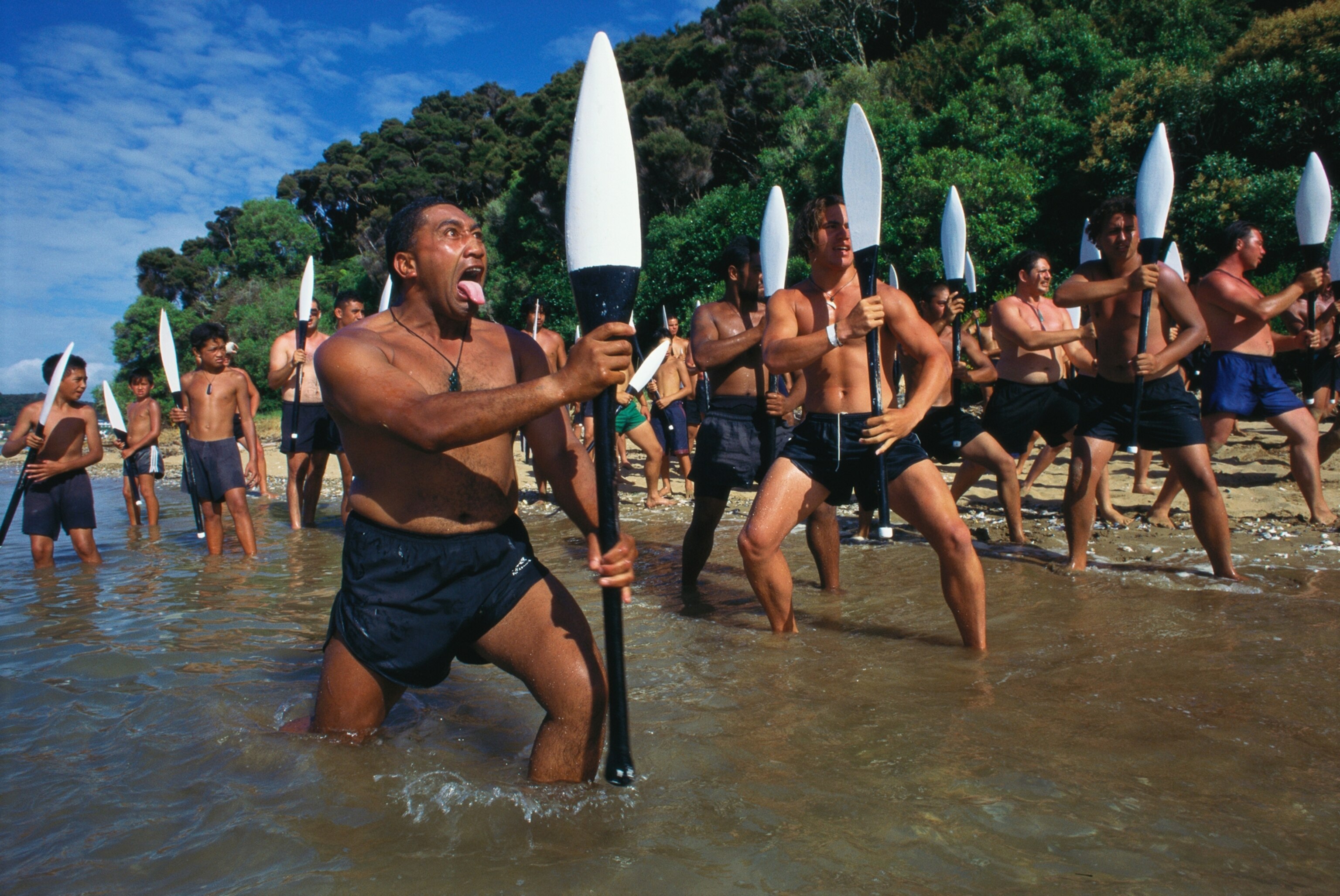
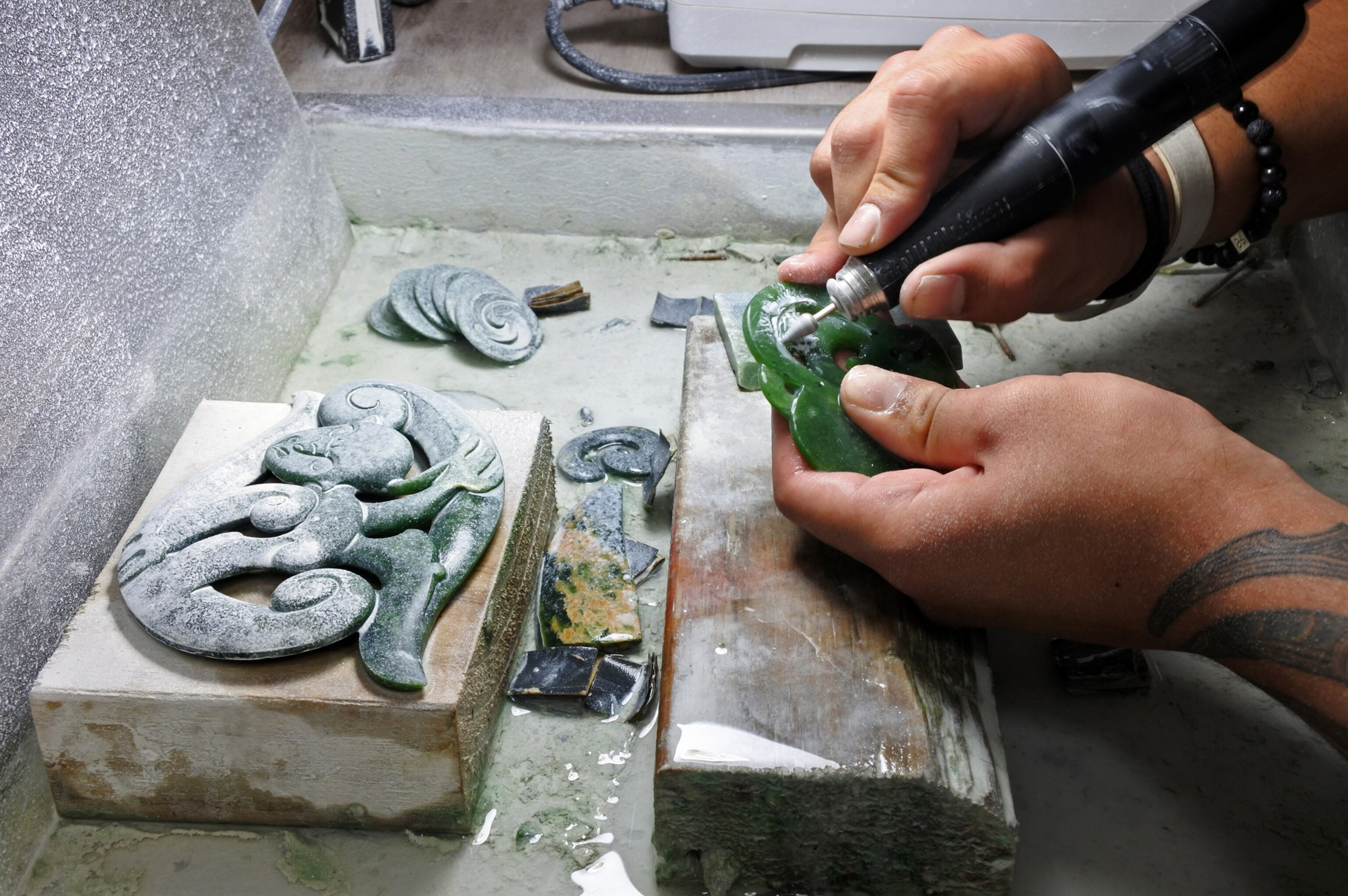
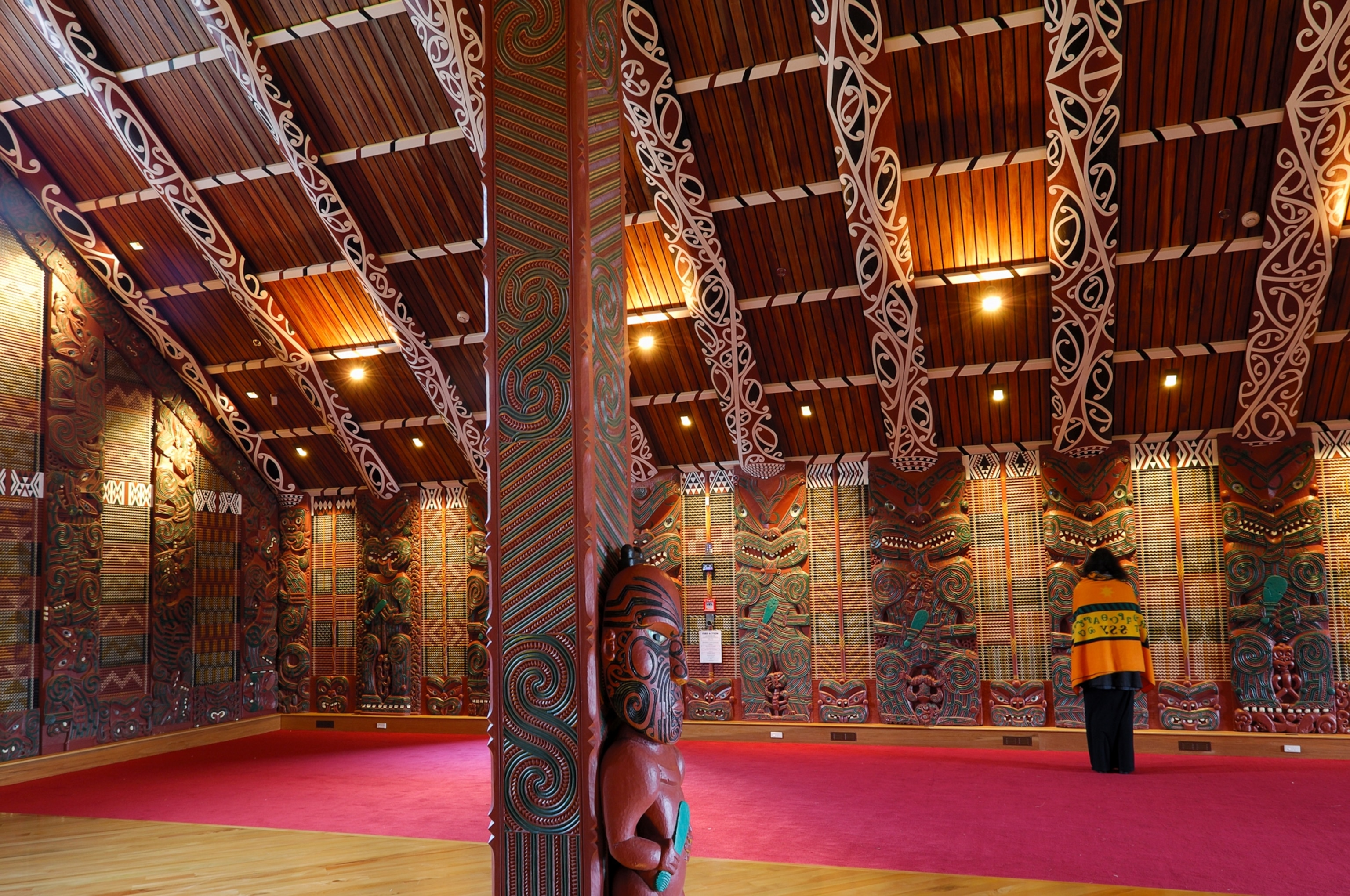
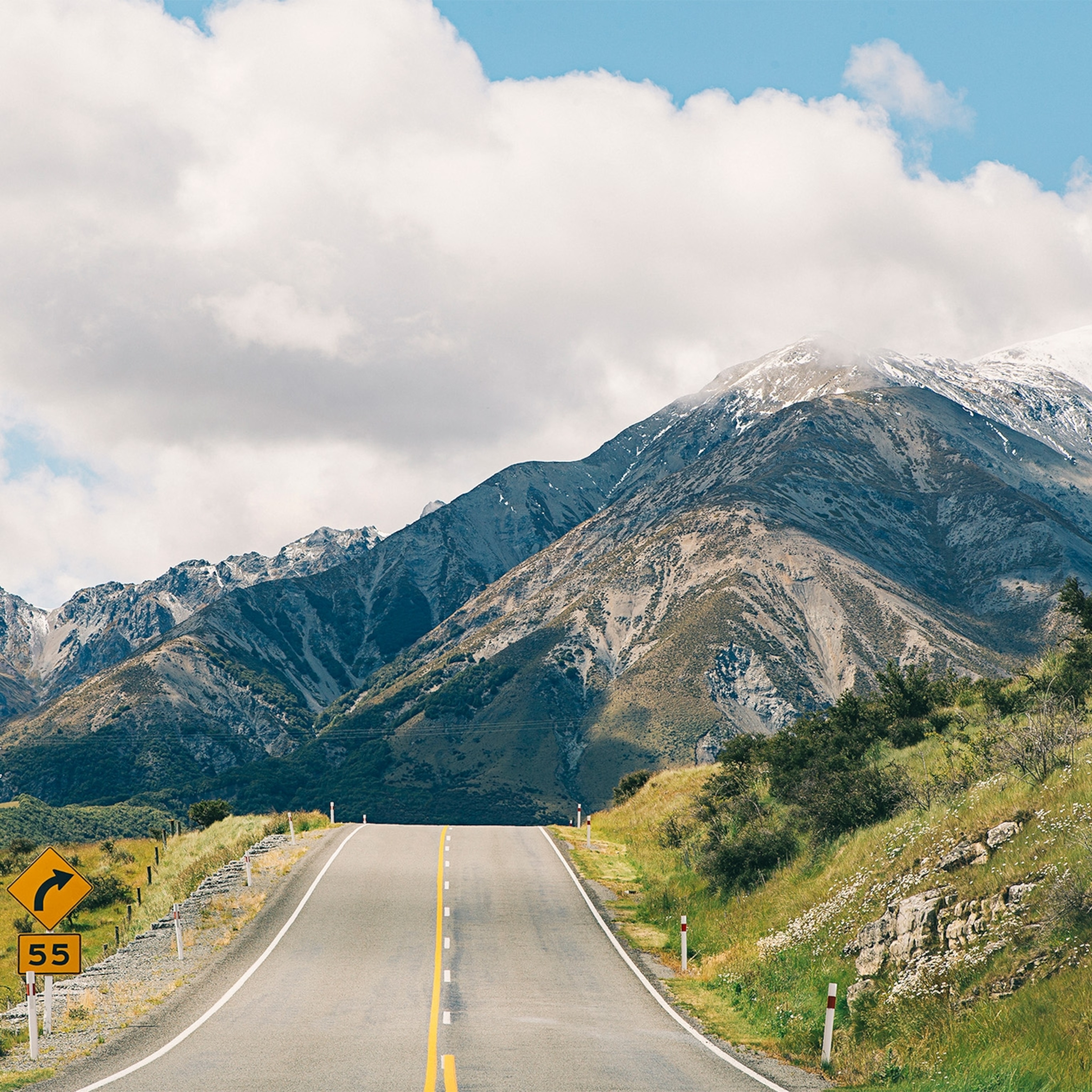
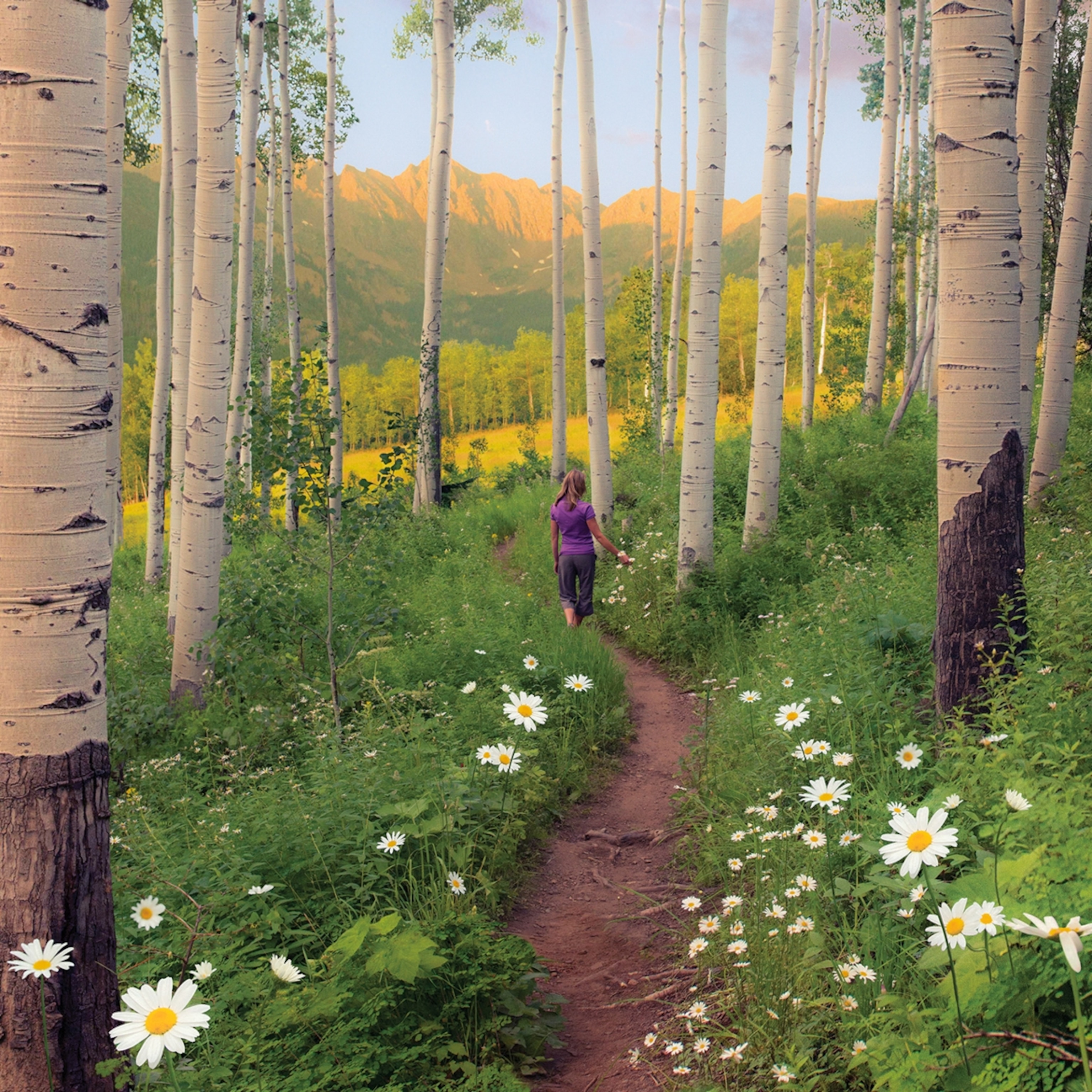

_4x3.jpg)



